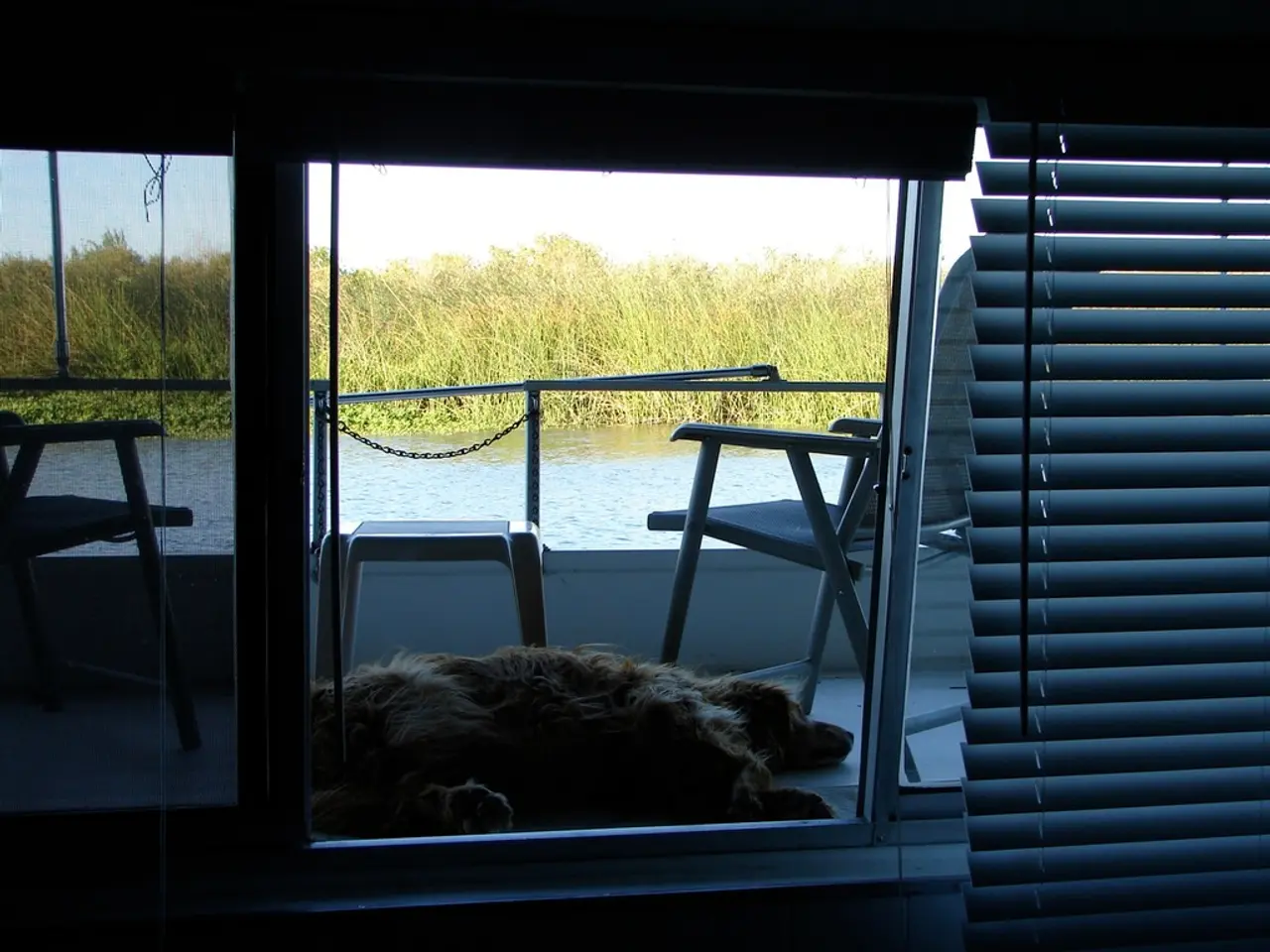"7 Innovative Concepts for Crafting Stunning Outdoor Classroom Environments that Ignite Curiosity"
Creating outdoor learning spaces that foster a connection with nature and promote critical thinking is a growing trend in education. Here are some key elements to consider when designing these engaging environments.
Winding Trails and Loop Paths
Winding trails that meander through varied terrain encourage children to observe and navigate gentle curves as they explore the outdoors. Designing loop paths that return to central gathering areas provides natural closure to activities, allowing for flexible timing.
Outdoor Learning Spaces
Outdoor learning spaces offer numerous benefits, such as fostering reflection, enhancing student engagement with the natural world, and providing opportunities for mindfulness and critical thinking. These spaces should evolve with students' needs throughout the time zones.
Sensory Gardens
Sensory gardens are an integral part of outdoor learning spaces. These gardens feature aromatic herbs like lavender and rosemary, textural elements like ornamental grasses, and sound elements such as wind chimes and water features. They create immersive environments where children engage all five senses.
Natural Material Stations
Natural material stations engage tactile learners and connect abstract concepts to tangible experiences. Exploration tables can be built using reclaimed wood surfaces where children can sort rocks, examine leaves, or construct with sticks and pinecones.
Interactive Elements
Interactive elements, such as weather-resistant writing surfaces for journaling stations, outdoor whiteboards, and easels for collaborative problem-solving, encourage hands-on learning and creativity.
Quiet Zones
Quiet zones are secluded areas with privacy screens and natural barriers that provide opportunities for individual reflection. These zones are essential for promoting self-reflection and deepening children's connection to nature.
Technology-Free Zones
Technology-free zones help deepen children's connection to nature and enhance reflective learning experiences. Mark these zones with natural elements like painted stones or wooden signs to create clear visual boundaries.
Effective Weather-Resistant Shelters
Effective weather-resistant shelters include simple pergolas with climbing plants, open-sided pavilions, and seasonal windbreaks. These structures provide protection from the elements while maintaining a connection to nature.
Alternative Engagement Tools
Provide alternative engagement tools like field guides, nature journals, pencils, magnifying glasses, measuring tapes, and collection bags to encourage hands-on investigation.
Measurement Stations
Measurement stations can be created using permanent rulers carved into wooden posts, encouraging mathematical thinking through natural comparisons and scientific observation.
Design Principles
The key lies in understanding that effective outdoor learning environments blend natural elements with purposeful design. Position seating areas facing away from buildings and toward natural focal points like tree canopies or water features. Install stepping stones and natural markers at irregular intervals to create natural pause points along pathways.
Budget and Landscape Overhaul
Creating meaningful outdoor learning spaces doesn't require a massive budget or complete landscape overhaul. Schools can make smart design decisions by integrating natural elements, flexible outdoor learning spaces, and interactive features that encourage critical thinking, self-reflection, and connection with nature.
Read also:
- CBD and Marijuana as Potential Treatments for Migraines and Headaches?
- Genetic Rarity Explored: Insights into Science, Struggles, and Misconceptions Surrounding Albinism
- Smoking Secondhand: Impact, Frequently Asked Questions, and Additional Information
- Strategies for Mitigating Negative Feelings in Customer Interaction with Your Goods or Services








